
Transcription
Chapter 4 Income Statement and Related InformationCHAPTER4·4–1INCOME STATEMENT AND RELATED INFORMATIONThis IFRS Supplement provides expanded discussions of accounting guidance underInternational Financial Reporting Standards (IFRS) for the topics in IntermediateAccounting. The discussions are organized according to the chapters in IntermediateAccounting (13th or 14th Editions) and therefore can be used to supplement the U.S.GAAP requirements as presented in the textbook. Assignment material is providedfor each supplement chapter, which can be used to assess and reinforce studentunderstanding of IFRS.FORMAT OF THE INCOME STATEMENTElements of the Income StatementNet income results from revenue, expense, gain, and loss transactions. The income statement summarizes these transactions. This method of income measurement, the transaction approach, focuses on the income-related activities that have occurred during theperiod.1 The statement can further classify income by customer, product line, or function or by operating and non-operating, and continuing and discontinued. The twomajor elements of the income statement are as follows.ELEMENTS OF FINANCIAL STATEMENTSINCOME. Increases in economic benefits during the accounting period in theform of inflows or enhancements of assets or decreases of liabilities that result inincreases in equity, other than those relating to contributions from shareholders.EXPENSES. Decreases in economic benefits during the accounting period in theform of outflows or depletions of assets or incurrences of liabilities that result indecreases in equity, other than those relating to distributions to shareholders. [1]The definition of income includes both revenues and gains. Revenues arise fromthe ordinary activities of a company and take many forms, such as sales, fees, interest,dividends, and rents. Gains represent other items that meet the definition of incomeand may or may not arise in the ordinary activities of a company. Gains include, forexample, gains on the sale of long-term assets or unrealized gains on trading securities.The definition of expenses includes both expenses and losses. Expenses generallyarise from the ordinary activities of a company and take many forms, such as cost ofgoods sold, depreciation, rent, salaries and wages, and taxes. Losses represent otheritems that meet the definition of expenses and may or may not arise in the ordinaryactivities of a company. Losses include losses on restructuring charges, losses relatedto sale of long-term assets, or unrealized losses on trading securities.21The most common alternative to the transaction approach is the capital maintenanceapproach to income measurement. Under this approach, a company determines incomefor the period based on the change in equity, after adjusting for capital contributions (e.g.,investments by owners) or distributions (e.g., dividends). The main drawback associatedwith the capital maintenance approach is that the components of income are not evident inits measurement. Various tax authorities use the capital maintenance approach to identifyunreported income and refers to this approach as the “net worth check.”2The IASB takes the position that income includes both revenues and gains because theyboth increase economic benefits. Similarly, expenses include both expenses and lossesbecause they both decrease economic benefits.U.S. GAAPPERSPECTIVEU.S. GAAP defines revenues,expenses, gains, and lossesas it relates to the incomestatement. IFRS only definesincome and expenses.
4–2·IFRS SupplementWhen gains and losses are reported on an income statement, they are generallyseparately disclosed because knowledge of them is useful for assessing future cashflows. For example, when McDonald’s (USA) sells a hamburger, it records the sellingprice as revenue. However, when McDonald’s sells land, it records any excess of theselling price over the book value as a gain. This difference in treatment results becausethe sale of the hamburger is part of McDonald’s regular operations. The sale of landis not.We cannot overemphasize the importance of reporting these elements. Mostdecision-makers find the parts of a financial statement to be more useful than the whole.As we indicated earlier, investors and creditors are interested in predicting the amounts,timing, and uncertainty of future income and cash flows. Having income statementelements shown in some detail and in comparison with prior years’ data allowsdecision-makers to better assess future income and cash flows.Minimum DisclosuresAs indicated above, disclosing components in an income statement helps users tounderstand the financial performance for the current year and provides a basis for predicting future results. IFRS does not specify a particular set of components that mustbe used to report income statement information. However, at a minimum, the followingitems are required to be presented on the income statement. [2]3 Revenue: Inflow of economic benefits during a period arising from ordinary activities.Tax expense.Finance costs (hereafter referred to as interest expense).Share of the profit or loss of associates and joint ventures accounted for using the equitymethod. A single amount comprising the total of:(i) The post-tax profit or loss of discontinued operations and(ii) The post-tax gain or loss recognized on the measurement to fair value less coststo sell or on the disposal of the assets or disposal group(s) constituting thediscontinued operation. Net income or net loss (sometimes referred to as net profit or loss).In addition, IFRS notes that additional line items, headings, and subtotals shall bepresented on the face of the income statement when such presentation is relevant toan understanding of the company’s financial performance.Intermediate Components of the Income StatementIt is common for companies to present some or all of the following sections and totalswithin the income statement.3If a company prepares a statement of comprehensive income, then disclosure is required for(1) other comprehensive income classified by nature, (2) comprehensive income of associatesand joint ventures, and (3) total comprehensive income. The statement of comprehensiveincome is discussed in more detail later in the chapter.
Chapter 4 Income Statement and Related Information1. Sales or Revenue Section. Presents sales, discounts, allowances, returns, and other relatedinformation. Its purpose is to arrive at the net amount of sales revenue.2. Cost of Goods Sold Section. Shows the cost of goods sold to produce the sales.Gross Profit. Revenue less cost of goods sold.3. Selling Expenses. Reports expenses resulting from the company’s efforts to make sales.4. Administrative or General Expenses. Reports expenses of general administration.5. Other Income and Expense. Includes most other transactions that do not fit into the revenuesand expenses categories provided above. Items such as gains and losses on sales of long-livedassets, impairments of assets, and restructuring charges are reported in this section. Inaddition, revenues such as rent revenue, dividend revenue, and interest revenue are oftenreported.Income from Operations. Company’s results from normal operations.6. Financing Costs. A separate item that identifies the financing cost of the company, hereafterreferred to as interest expense.Income before Income Tax. The total income before income tax.7. Income Tax. A short section reporting taxes levied on income before income tax.Income from Continuing Operations. A company’s results before any gain or loss ondiscontinued operations. If the company does not have any gain or loss on discontinuedoperations, this section is not reported and this amount is reported as net income.8. Discontinued Operations. Gains or losses resulting from the disposition of a component of acompany.Net Income. The net results of the company’s performance over a period of time.9. Non-Controlling Interest. Presents an allocation of net income to the primary shareholders andto the non-controlling interest (also referred to as minority interest).10. Earnings per Share. Per share amounts that are reported.IllustrationIllustration 4-2 presents an income statement for Boc Hong Company. Boc Hong’s income statement includes all of the major items in the list above, except for discontinued operations. In arriving at net income, the statement presents the following subtotalsand totals: gross profit, income from operations, income before income tax, and netincome.·4–3ILLUSTRATION 4-1Income Statement Format
4–4·IFRS SupplementILLUSTRATION 4-2Income StatementBOC HONG COMPANYINCOME STATEMENTFOR THE YEAR ENDED DECEMBER 31, 2011Sales revenueSalesLess: Sales discountsSales returns and allowances 3,053,081 24,24156,427Net sales revenueCost of goods soldGross profit ,005453,028Administrative expensesOfficers’ salariesOffice salariesLegal and professional servicesUtilities expenseInsurance expenseDepreciation of buildingDepreciation of office equipmentStationery, supplies, and postageMiscellaneous office Income from operationsInterest on bonds and notes357,483126,060Income before income taxIncome tax231,42366,934Net income for the yearAttributable to:Shareholders of Boc HongNon-controlling interestEarnings per sharePresentation of the incomestatement under U.S. GAAPfollows either a single-stepor multiple-step format.989,872Selling expensesSales salaries and commissionsSales office salariesTravel and entertainmentAdvertising expenseFreight and transportation-outShipping supplies and expensePostage and stationeryTelephone and Internet expenseDepreciation of sales equipmentOther income and expenseDividend revenueRental revenueGain on sale of plant assetsU.S. GAAPPERSPECTIVE80,6682,972,4131,982,541 164,489 120,00044,489 1.74Condensed Income StatementsIn some cases, an income statement cannot possibly present all the desired expensedetail. To solve this problem, a company includes only the totals of components inthe statement of income. It then also prepares supplementary schedules to support thetotals. This format may thus reduce the income statement itself to a few lines on a singlesheet. For this reason, readers who wish to study all the reported data on operationsmust give their attention to the supporting schedules. For example, consider the incomestatement shown in Illustration 4-3 for Boc Hong Company. This statement is a condensedversion of the more detailed income statement presented in Illustration 4-2. It is more representative of the type found in practice.
Chapter 4 Income Statement and Related InformationILLUSTRATION 4-3Condensed IncomeStatementBOC HONG COMPANYINCOME STATEMENTFOR THE YEAR ENDED DECEMBER 31, 2011Net salesCost of goods soldGross profitSelling expenses (see Note D)Administrative expensesOther income and expense· 2,972,4131,982,541989,872 453,028350,771803,799171,410Income from operationsInterest expense357,483126,060Income before income taxIncome tax231,42366,934Net income for the year 164,489Attributable to:Shareholders of Boc HongNon-controlling interestEarnings per share 120,00044,489 1.74Illustration 4-4 shows an example of a supporting schedule, cross-referenced asNote D and detailing the selling expenses.Note D: Selling expensesSales salaries and commissionsSales office salariesTravel and entertainmentAdvertising expenseFreight and transportation-outShipping supplies and expensePostage and stationeryTelephone and Internet expenseDepreciation of sales equipmentTotal selling expenses ,005 453,028How much detail should a company include in the income statement? On the onehand, a company wants to present a simple, summarized statement so that readers canreadily discover important factors. On the other hand, it wants to disclose the resultsof all activities and to provide more than just a skeleton report. As we showed above,the income statement always includes certain basic elements, but companies can present them in various formats.REPORTING WITHIN THE INCOME STATEMENTGross ProfitBoc Hong Company’s gross profit is computed by deducting cost of goods sold fromnet sales revenue. The disclosure of net sales revenue is useful because Boc Hong reports regular revenues as a separate item. It discloses unusual or incidental revenuesin other income and expense. As a result, analysts can more easily understand and assess trends in revenue from continuing operations.Similarly, the reporting of gross profit provides a useful number for evaluating performance and predicting future earnings. Statement readers may study the trend ingross profits to understand how competitive pressure affected profit margins.ILLUSTRATION 4-4Sample SupportingSchedule4–5
4–6·IFRS SupplementIncome from OperationsBoc Hong Company determines income from operations by deducting selling andadministrative expenses as well as other income and expense from gross profit. Incomefrom operations highlights items that affect regular business activities. As such, it is ametric often used by analysts in helping to predict the amount, timing, and uncertaintyof future cash flows.U.S. GAAPPERSPECTIVEUnder IFRS, companies mustclassify expenses either bynature or function. U.S.GAAP does not have thatrequirement. The U.S. SECrequires a functionalpresentation.Expense ClassificationCompanies are required to present an analysis of expenses classified either by theirnature (such as cost of materials used, direct labor incurred, delivery expense, advertising expense, employee benefits, depreciation expense, and amortization expense)or their function (such as cost of goods sold, selling expenses, and administrativeexpenses).An advantage of the nature-of-expense method is that it is simple to apply because allocations of expense to different functions are not
Financing Costs.A separate item that identifies the financing cost of the company, hereafter referred to as interest expense. Income before Income Tax.The total income before income tax. 7. Income Tax.A short section reporting taxes levied on income before income tax. Income from Continuing Operations. A company’s results before any gain or loss on discontinued operations. If the company .
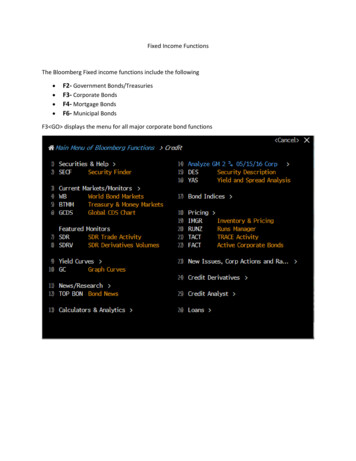
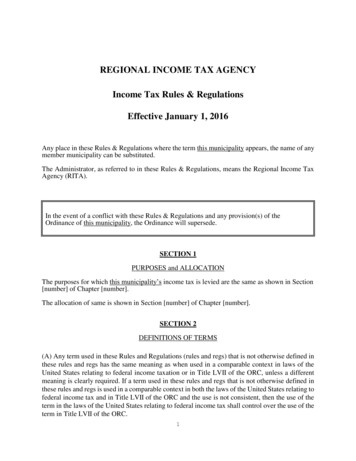
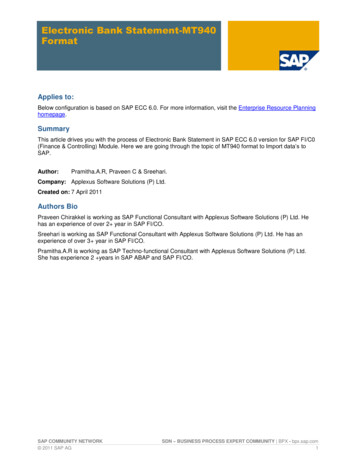
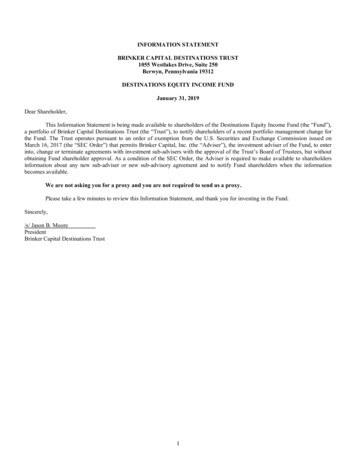
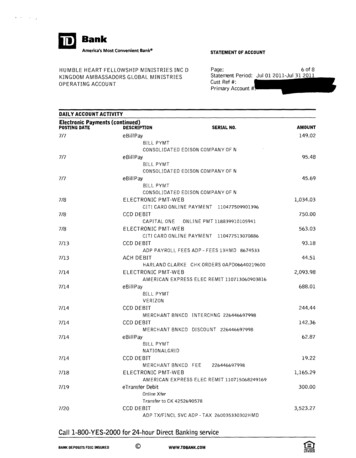


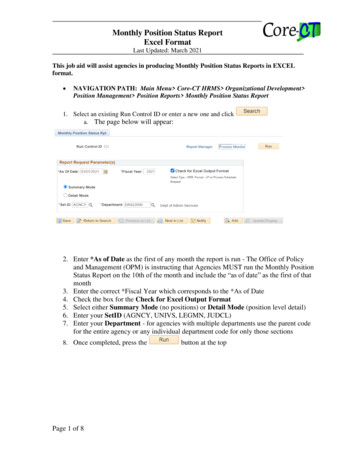
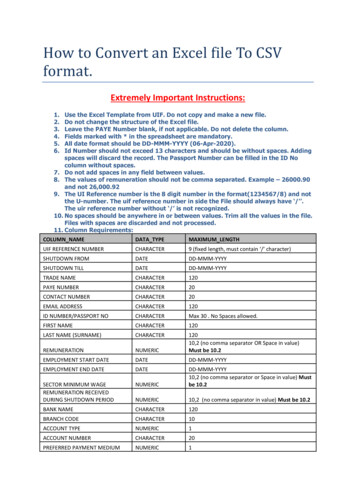

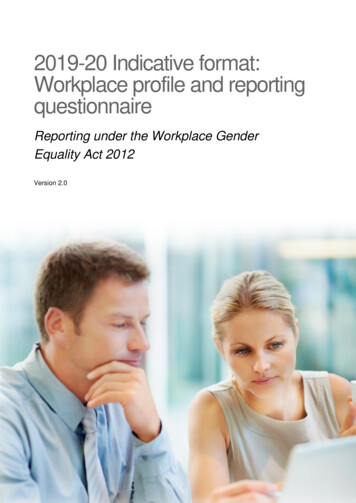
![[MS-OFFMACRO]: Office Macro-Enabled File Format](/img/3/5bms-offmacro-5d-130211.jpg)